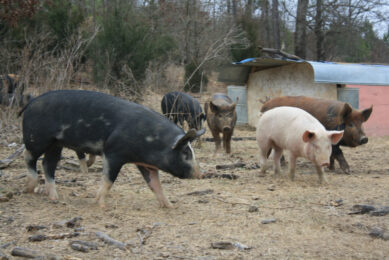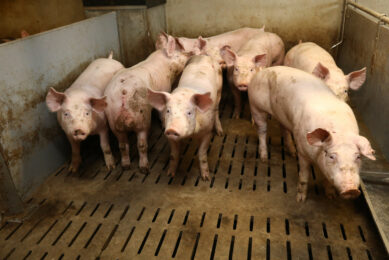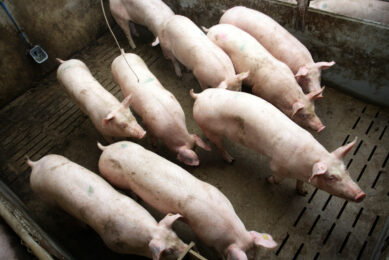PCV3 may be associated with humpy backs in pigs
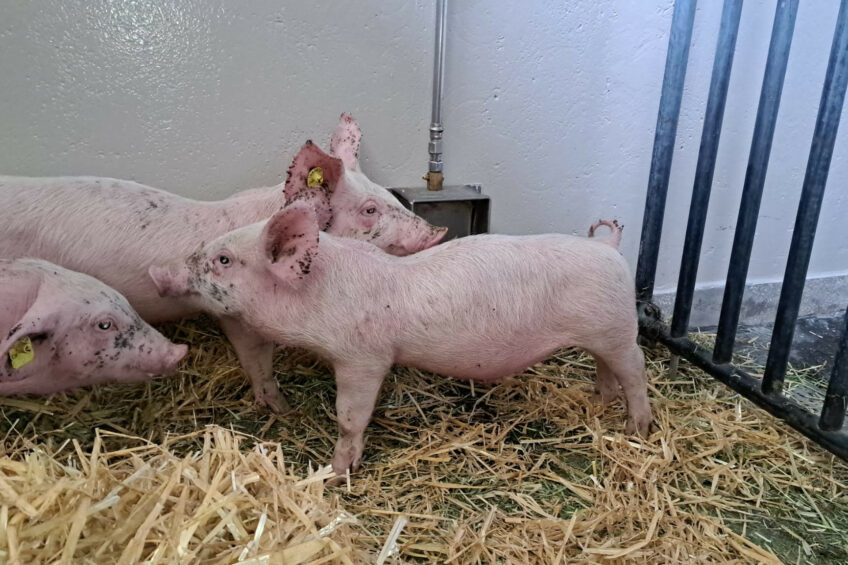
Porcine circovirus 3 (PCV3) might have a connection to the development of bone issues like a humpy back posture in pigs. Swiss researchers observed pigs with the posture and discovered that many of the animals tested positive for PCV3.
The scientists, attached to the Vetsuisse-Faculty at the University of Zurich, were confronted with 36 piglets with identical unusual symptoms between March 2023 and August 2024. The symptoms included spinal deformities, thickened ribs, facial oedema and a “pug-head.” In total 26 animals with these characteristics came from the same farm, and another 10 were acquired from 7 unrelated farms. The pigs varied in age from being aborted animals to already being slaughtered.
Speaking at the European Symposium of Porcine Health Management (ESPHM), held May 21-23, in Bern, Switzerland, researcher Dr Guiliana Rosato said that the lesions could not be explained by metabolic bone disease. But when tested, the team found a high load of PCV3 in the organs of 25 of the tested animals (69%), which often included the bones.
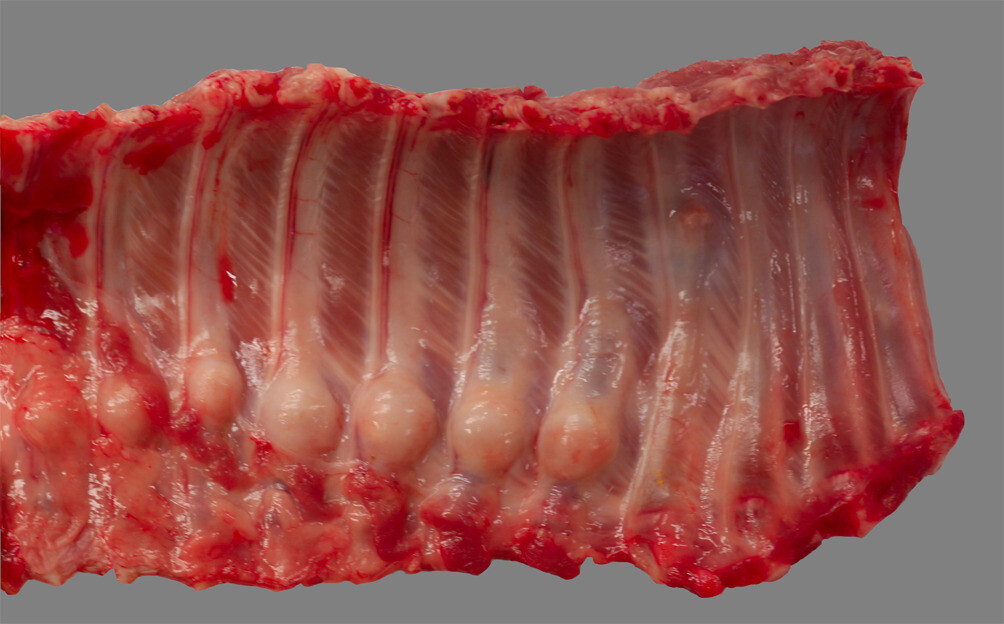
PCV3 – a different virus than PCV2
PCV3 has been fascinating veterinary experts for some while now. Ever since the virus was first described in 2016, scientists have tried to establish whether or not this virus is one to watch, just like its more infamous namesake, PCV2. Ever since, the virus has been confirmed to be present in many countries around the world, in all production phases and also in wild boar.
Especially at the Spanish research institute CReSA-IRTA a lot of research has been done to uncover more about the virus – this team was also involved in producing this Swiss paper. Over the years, links have been found to e.g. the increase of stillborn piglets and changes in the central nervous system. Late last year, the virus was found present in a case of grossly apparent myocarditis.
The humpy back syndrome connection is therefore another road to keep in mind when studying the virus, Dr Rosato said.
Link between PCV3 and systemic inflammatory disease
In the paper, she wrote, “This study strengthens the link between PCV3 and systemic inflammatory disease, expanding its role in skeletal lesions and spinal deformities. For the first time, virus was detected in bone lesions, notably in pigs displaying “humpy-back” posture.”
She emphasised that further research is needed before any further conclusions can be drawn. While acknowledging that there might be some kind of connection, she refused to say that one leads to the other. She said, “I’m not saying that PCV3 leads to humpy back posture, because we also had negatives. Maybe PCV3 can contribute to humpy backs?”
Cases of humpy back before emerging of PCV3
Interestingly, when searching for identical cases in scientific literature, she found similar cases of the humpy back syndrome in Canada (2012) as well as in Spain (2013) – but both occurred before PCV3 appears to have emerged. However, according to Joaquim Segalés (personal communication at the conference), the animal from the 2013 Spanish case tested positive for PCV3.



